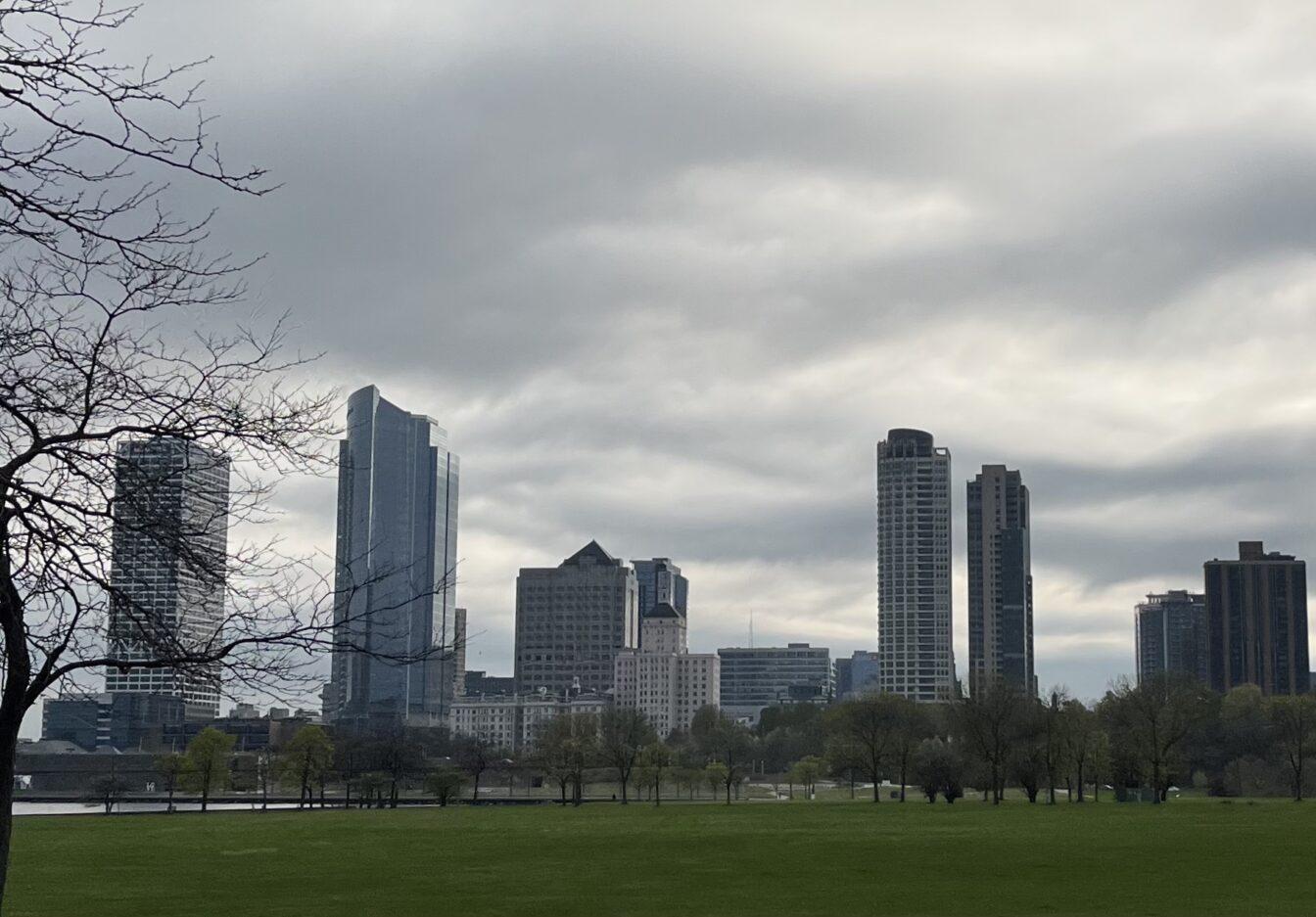In a recent documentary on its “Wisconsin in Black & White” television program, PBS Wisconsin interviewed experts, community leaders and Milwaukee residents about the history of the national urban renewal project of the 1960s and the scars it has left behind.
The Encyclopedia of Milwaukee defines urban renewal as a set of programs designed to update the deteriorating housing and infrastructure in Milwaukee and other urban centers across the nation. The Encyclopedia of Milwaukee reports that 7,500 houses in the urban core of Milwaukee — which were mainly composed of African Americans, Latinx and Native Americans — were torn down in the span of just eight years. Additionally, the expansion of freeways often cut through entire communities, further leading to the displacement of Milwaukee residents.
Theresa Garrison, a life-long resident of the Bronzeville community in Milwaukee, said to PBS, “When they start tearing a community apart, there was nothing to do. You didn’t have anything.”
Bronzeville was a target of Milwaukee government officials’ redevelopment efforts, according to the City of Milwaukee. The community was torn down and replaced with a destructive interstate highway and fewer, more expensive houses. As such, residents were forced out of their homes in Bronzeville, which was the “the economic engine of African-American community,” the City of Milwaukee said.
Even worse, African Americans of Bronzeville had little to turn to after losing their community and livelihoods to the city’s renewal projects. According to the PBS documentary, restrictive covenants kept African Americans out of white neighborhoods and redlining barred them from receiving mortgages. As a result, a decline in African American health, employment and educational attainment quickly followed their displacement, according to ABC News.
According to CBS 58, the Bronzeville area was in ruin for years after the urban renewal project displaced homes and businesses. Kitonga Alexander, lead researcher for Milwaukee Bronzeville Histories, tells the channel that urban renewal resulted in “structures torn down, but nothing built up.” He claims the city made no efforts to reconstruct all that they had torn down, leading to the downfall of the once vibrant cultural and economic center.
Efforts to revitalize the city were not made for another 40 years, until Milwaukee Mayor John Norquist began the redevelopment of Bronzeville, according to the City of Milwaukee. In recent years, Bronzeville has seen the construction of a museum for revenue and a grocery store for a community deprived of fresh food.
So why does this history matter now? Bronzeville is clearly regaining its footing with a redevelopment plan focused on the community’s cultural and economic history. While such revitalization efforts might hide the damage done by urban renewal, the movement still has long standing consequences ingrained into our economic and political structures.
According to a study in the Journal of Urban Health: Bulletin of the New York Academy of Medicine, the social and political institutions and involvement of African Americans was expanding prior to the urban renewal project. But after their communities were torn apart and individuals were scattered all throughout the city, their political prominence vanished due to resentfulness and division, according to the article. The study finds that substance abuse and crime — issues that continue to plague African American communities to this day — became prominent and the neighborly cohesion that existed in predominantly Black communities was replaced by individualism.
The Boston Review claims the policies that once contributed to urban renewal are still prominent in our current economic and political structures. The article claims constant pressures on urban budgets contribute to redevelopment of inner city neighborhoods and the displacement of low-income individuals to this day. The Boston Review also found that increased policing is a safeguard of high property values in urban areas, contributing to city officials’ refusal to defund the police. This has further implications due to the over-policing and mass incarceration of Black individuals.
While the physical destruction associated with urban renewal may no longer be seen, gentrification or the driving out of low-income residents due to increases in property values appears to be the replacement. Under the pretense of neighborhood development, city officials continue to burden the original residents of urban neighborhoods with rising costs of rent and escalations in eviction rates, according to the U.S. Department of Housing and Urban Development.
The effects of gentrification are evident as Milwaukee saw eviction rates 51% above average in December 2022, according to the Wisconsin Examiner.
It is also important to recognize that urban renewal is the grounds for our country’s selective development at the cost of marginalized communities. Its legacy is ingrained into the very fabric of our national and state development. For instance, according to the non-profit Docomomo International, the world renowned Empire State Plaza was once a thriving urban African American community.
Associate professor of history in the University of Wisconsin Afro-American Studies Department told PBS it is important to understand the past if we are to develop a brighter future. It is crucial to recognize that despite the end of the Civil Rights Movement, gentrification reinforces the exclusion of Black Americans in national development via housing segregation, evictions, over policing of low-income neighborhoods and beyond.
Yet, our government officials fail to recognize this systematic exclusion and do not work to reverse it. For instance, the redevelopment of the Bronzeville area not only occurred too long after its initial destruction, but was also unsupported by state funding. We must hold the state accountable for the upliftment of destroyed and marginalized communities.
The efforts of PBS Wisconsin to bring light to this overlooked, yet scarring period of history is commendable and our state officials must follow suit to examine both how future development policies can be more inclusive and also help reverse the lasting effects of urban renewal.
Aanika Parikh ([email protected]) is a sophomore studying molecular and cell biology.














